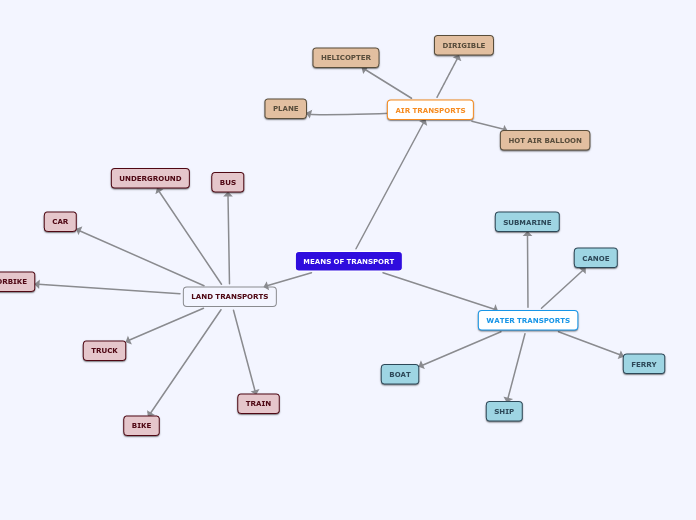Cell Transport
Passive transport
Passive transport is the movement o ions and other substances across the cell membrane, while from a region of high concentration to a regional of low concentration and goes down the concentration gradient. It also doesn't require energy like ATP.
Simple diffusion
Diffusion is the movement of particles from a high concentration gradient to a low concentration gradient. This connects to the particle theory of matter since they both need to move in constant motion in order to reach equilibrium throughout the areas.
Osmosis
Osmosis is the movement of water particles through a semipermeable membrane, go from a high concentration gradient to a low concentration gradient.
Hypertonic
In the type of osmosis, there is more solute particles out the cell than inside of it. The water particles are going out and in of the cell, but since the water particles outside of the cell are more obstructed by the solute particles outside. Thus having a higher rate of water particles going out of the cell than in ( net outflow of water particles ), which exerts pressure on the cell, and making it shrink/contract ( called "plasmolysis" for plant cells ).
Isotonic
In the type of osmosis, there are about an equal amount of solute particles in and out of the cell. The water particles are going in and out of the cell, but since the water particles in the cell are equal with the solute particles. Thus having an equal rate of water particles going in and out of the cell ( no net flow of water particles ), which maintains the cell ( this is called "flaccid" in a plant cell ).
Hypotonic
In the type of osmosis, there is more solute particles in the cell than outside of it. The water particles are going in and out of the cell, but since the water particles in the cell are more obstructed by the solute particles. Thus having a higher rate of water particles going in the cell than out ( net inflow of water particles ), which exerts pressure on the cell, and making it expand or even explode ( called "lysed" for animal cells and "turgid" for plant cells ).
Facilitated diffusion
Facilitated diffusion is process molecules diffusion from a high concentration to a low concentration down a membrane, where a transport protein is required. Energy is not required (passive) for the diffusion of large and charged molecules.
Transport proteins
Carrier proteins
Carrier proteins are for facilitated diffusion of sugars, amino acids, nucleoside across the cell membrane.
https://www.ncbi.nlm.nih.gov/books/NBK9847/
Channel proteins
Channel proteins form open pores through the cell membrane, which allows diffusion of any molecule which is the appropriate size and charge.
Structures
phospholipid bilayer
Non-polar
The hydrophobic ( non-polar ) tails have an equal amount of electrons among atoms.
Polar
The hydrophilic ( polar ) heads have an unequal sharing of electrons among atoms.
Active transport ( ATP )
This transports molecules across the cell membrane from a region of lower concentration to a region of higher molecules, which goes against the gradient flow. The process requires energy which is adenosine triphosphate ( ATP ).
Pumps
Vesicles
Endocytosis
Endocytosis is the process of capturing small particles or ions and where the substance goes from the outside of the cell and overtakes to the cell membrane, and brings it inside the cell.
Pinocytosis
In pinocytosis, the cell takes in some of extracellular fluid and molecules at random erratically outside of the cell. Which may be called "cell drinking" ( for the intake of fluids ), and also the cell membrane opens up and then encloses (invagination). This configures a vesicle in the cell, which can move to different parts of the cytosol in the cell. This is good for transporting the extracellular fluid.
Receptor-mediatated endocytosis
It's a process in which cells absorb proteins, hormones, some viruses and more. It inwardly buds the plasma membrane. It captures specific molecules like viruses and uses the receptor-mediated endocytosis as a pathway to get into the cell.
Phagocytosis
Where particular cells consume an another cell. Phagocytosis takes in large food particles while, pinocytosis takes in liquid particles. It opens up with an inside compartment (pseudopia) engulfing the liquid particles. This can happen in lots of types of cells like white blood cells which would engulf bacteria, unwanted particles, and dying cells in the body that needs to be removed.
Exocytosis
Exocytosis is the opposite of endocytosis, since the cell removes molecules. Like proteins, waste products and other materials.









